In this post, I decided to get a bit out of order in our actual touring chronology so I could show you what I saw from atop the Mount of Olives looking over to the Temple Mount, and then my views from several days later when I was on Temple Mount looking at the Mount of Olives. As you'll note below, most signs in Israel are written in Hebrew, Arabic and English.
The views from atop the Mount of Olives were wonderful. I can only imagine what it must have looked like several millennia ago after infamous King Herod rebuilt and expanded the temple complex. Today there's no way you can miss the Dome of the Rock's golden top sparkling in the sunlight. It's a bit of a puzzler, how this Islamic shrine built in the 7th century AD sits atop the Jew's Temple Mount. And yet the Lord has a reason for it all that He will work for His good purposes. (Job 42:2)
It was nice to get a closer look at the shrine's very colorful octagonal base. While on Temple Mount, we also got to see the exterior of the El Aqsa mosque.
From atop the Mount of Olives, we walked downhill past the Jewish cemetery on our way to the Garden of Gethsemane. What a fabulously historical resting place with great vistas!
Along the way we stopped by to take a look at the Church of Dominus Flevit, which is Latin for the Lord wept. This church celebrates the place where Jesus looked out across the Kidron Valley. Scripture tells us how Jesus envisioned the future destruction of Jerusalem and wept for the city's fate (Luke 19:41-44). He knew, as the Lord always does, what history holds for His people. In the first picture below you can see some of the old stone ossuaries, containers used to store human bones after bodies had completely decomposed in family crypts dug into the hillside in ancient times. I also included a picture of the original mosaic floor from the 5th century Byzantine church that's still visible. By the way, this is another Barluzzi designed chapel like I mentioned in one of my first posts about Israel.
As we entered the Garden of Gethsemane, I noted that some of the olive trees looked monstrous, old and gnarled. I could almost believe they dated back to the time of Jesus and witnessed His prayers. However, we were told the current olive trees are probably genetic "children" of the ones from Jesus' time. When Rome conquered Jerusalem in 70 AD, it's assumed the trees would have likely been cut down and used as firewood for the Roman army.
In the picture below taken from the Mount of Olives, you can see just peeking over the trees the golden onion domes of the Church of Mary Magdalene built in the late 1800s in honor of the Russian Czar's mother. The hazy second pic was taken from atop Temple Mount
Located nearest the Garden of Gethsemane is the Church of All Nations - Basilica of the Agony. A large rock near the high altar is said to be where Jesus prayed. The church's construction was funded by twelve nations, hence the name. And I adored the blue and gold ceiling painted in imitation of the night sky as Jesus poured out prayers to His Heavenly Father.
One final thing I wanted to share is this walled up gate I spied from atop the Mount of Olives that led into the old city of Jerusalem. I love the story because it makes me chuckle. The Eastern Gate facing the Mount of Olives is unique as the only sealed one, and reputedly the oldest gate. Also called the Golden Gate, it would have given the most direct access to the area of the Jewish temple. It's documented that the gate was sealed up in 810 by the Ottomans, then again in 1187 and 1541 by Muslims. The picture below was taken from Mount of Olives, while the last picture was taken on Temple Mount.
It seems the gate holds significance for Jews, Christians and Muslims. Jewish Talmudic literature details that when the Messiah arrives, he will enter Jerusalem through the Eastern Gate. For Christians, apocryphal texts detail that Jesus passed through this gate on Palm Sunday, thus giving it significant messianic importance. And Muslims believe this gate is the site of Allah's final judgment and future resurrection.
So why did the Muslims seal the gate? To keep the Messiah from entering Jerusalem, of course! They also placed a Muslim cemetery right outside the sealed gate for good measure. Just some bones, brick and mortar, y'all, as if those are stumbling blocks to keep the creator of the world from fulfilling His will.
I praise God that He keeps His promises and man's futile attempts don't thwart His plans. Proverbs 19:21 says, "Many are the plans in a person's heart, but it is the Lord's purpose that prevails." Isaiah 14:24 tells us, "The Lord Almighty has sworn, 'Surely as I have planned, and as I have purposed, so it will happen.'" And also Psalms 33:10-11 notes, "The Lord foils the plans of the nations; He thwarts the purposes of the peoples. But the plans of the Lord stand firm forever, the purposes of His heart through all generations." Hallelujah and Amen!







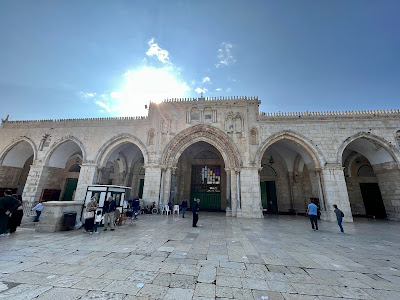






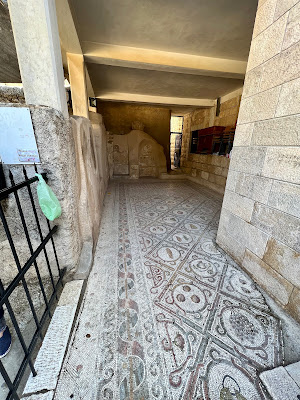




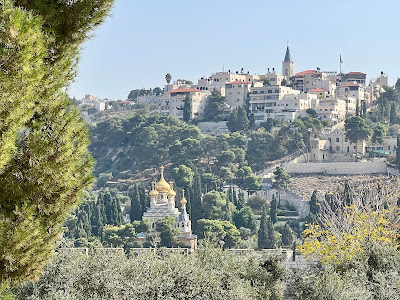

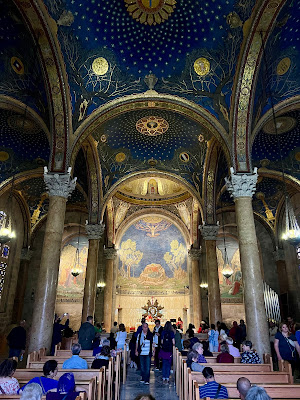
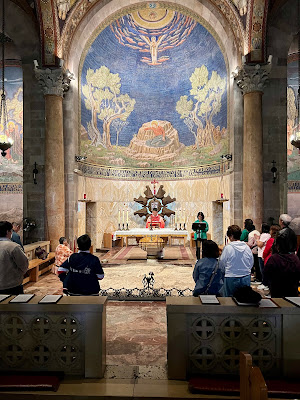



No comments:
Post a Comment